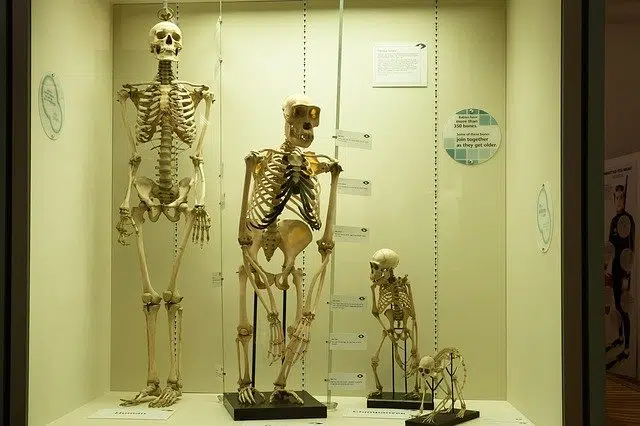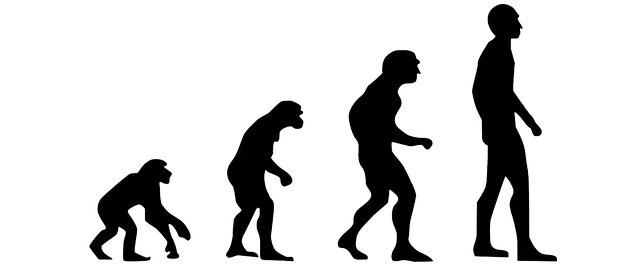
Homo sapiens sapiens is a subspecies of Homo sapiens.
The genus of hominid primates that is part of the hominini tribe is called Homo . All species, except Homo sapiens (modern man ), have become extinct.
Specifically, the latter is fundamental within the History of Humanity. Because? Because it is considered that human evolution is what led to the appearance of homo sapiens sapiens.
Homo would have emerged about 2.4 million years ago. The closest ancestors to humans belong to this genus , whose most recent survivors (not counting the aforementioned Homo sapiens) are Homo neanderthalensis and Homo floresiensis .
Homo sapiens sapiens, modern man
Homo sapiens sapiens is considered a subspecies of Homo sapiens . The characteristics of Homo sapiens sapiens are those that define modern man: however, for some time now, this name has ceased to be used since the phylogenetic link between Homo neanderthalensis and today's human being has been discarded.
It can be said, in any case, that Homo sapiens sapiens is the genus whose members have the same anatomy as today's human populations and that develop what is known as modern behavior.

Modern man is considered to belong to the species Homo sapiens sapiens.
Some features
The term homo sapiens sapiens can be said to mean "man who thinks" and it should be noted that it is worth knowing another important series of identifying features, among which the following stand out:
• The first seems to have reached European lands approximately 50,000 years ago.
• He is considered to have been the one who invented the bow and arrows.
• In the same way, making use of the materials that he had at his fingertips (fangs, bones, animal antlers...) he was in charge of shaping the first ornaments and accessories for the human figure itself such as chokers or even earrings. However, he also used these materials to create everything from spoons to needles.
• It is considered that homo sapiens sapiens showed a great interest in music and other arts such as sculpture or painting. Hence, among the archaeological finds that have been recovered and preserved of this species, there are everything from rudimentary flutes to those known as cave paintings.
• Physically, it is defined by having a higher forehead than that of the Neanderthal or other ancestors. Likewise, it is also identified by having an average cranial capacity of approximately 1,350 cubic centimeters.
Oldest remains of a Homo sapiens sapiens
The remains of the oldest Homo sapiens sapiens were found in Ethiopia (195,000 years old ) and South Africa (125,000 years old).
Genetics experts call mitochondrial Eve the African woman who is the most recent common female ancestor of humans, who would have possessed the mitochondria from which Homo sapiens sapiens descend.
In a similar sense, chromosomal Adam or Y-chromosomal Adam would have been the African man representing the most recent common male ancestor of Homo sapiens sapiens .
